Contemplative Practices and Conscious Dying V: Unitive Practices
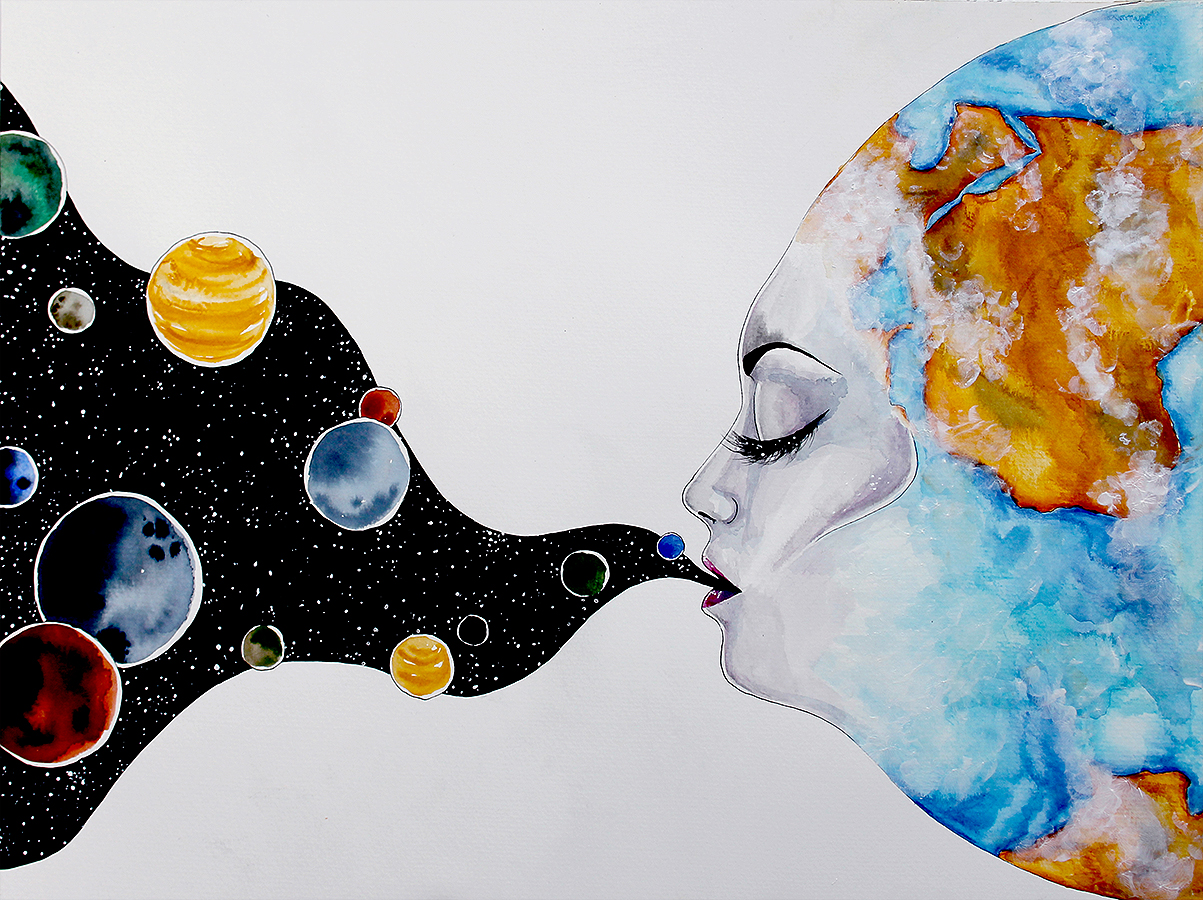
“Well. . . if you were my wife,” my young doctor began to answer my question. Faced with a challenging decision, I had asked, “If you were me, what would you choose?” But he was not able even to imagine being me; the closest he could approximate was envisioning his wife as me.
This is not unusual. Throughout my journey with chronic, serious illness I have had countless experiences of feeling just how different the people around me – doctors, nurses, friends, family members – may perceive themselves to be from me.
And my guess is that each of us has distanced ourselves in many ways from some of the people for whom we care. We do this as End-of-Life workers, we do this as beloved family members, and we do this as close friends.
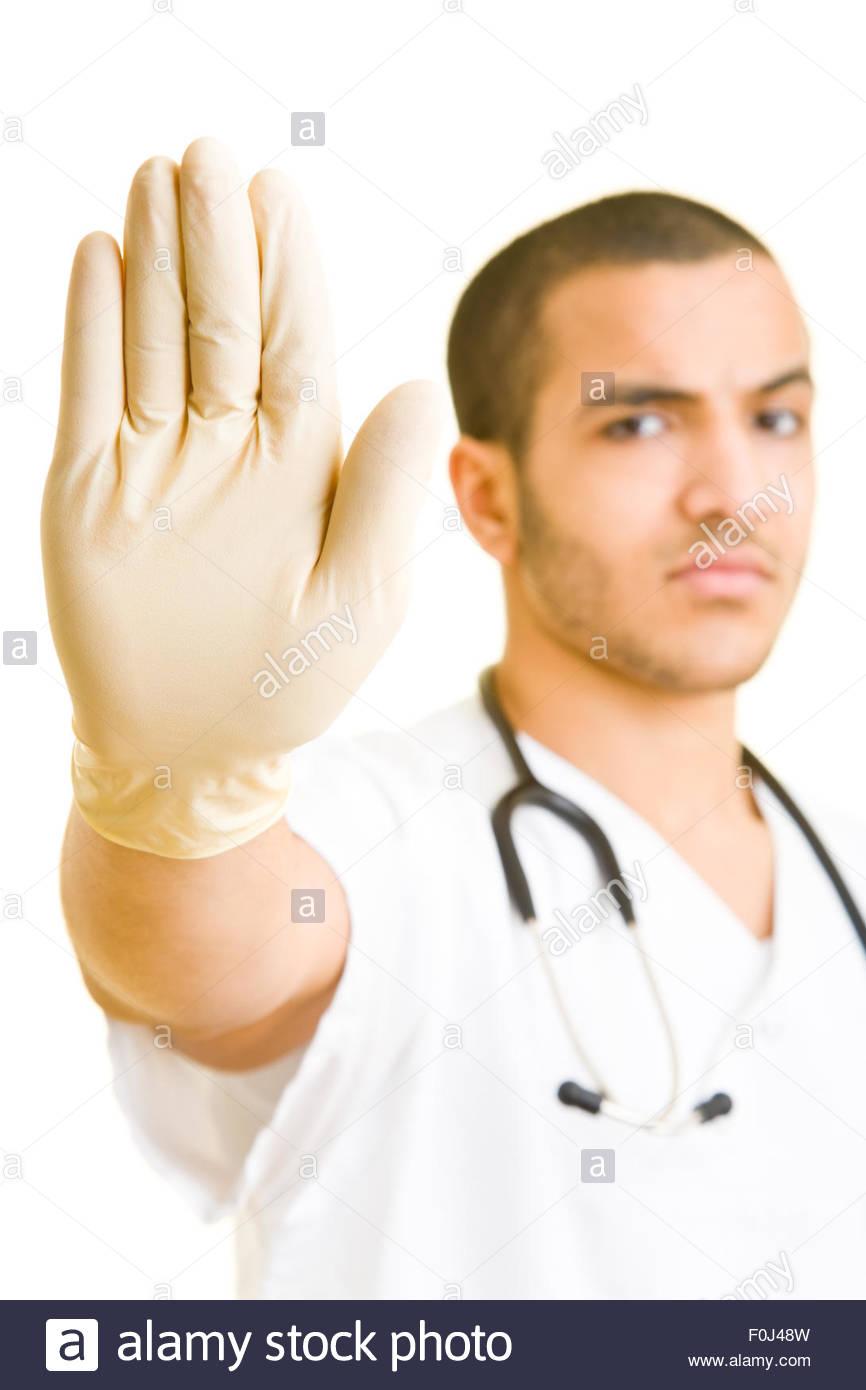
Often, the distinction between “me” and “you” is absolutely necessary to maintain. A nurse must measure my blood pressure and not her own. My doctors perform tests and procedures on this body, not another. Furthermore, it is not helpful for us to assume we know what a dying person is encountering. No matter how similar our experiences may be to theirs, we are not encountering what they are in this very moment.
But one of the strongest – and most painful — dualities that we encounter as we are dying is the division between ourselves and those around us.
Dying is lonely. With a terminal diagnosis, we often are distinguished as “other” and segregated from our families, communities, and cultures. The immediate feeling I had upon receiving my first diagnosis was is one of being pushed outside — outside of my normal situation, outside of my social structure. This process of dying always seems to include separation from our communities, from our roles within our families, from our self-identity, from our good health, from our dreams for the future. Each of these feels ripped out of our hands. Particularly in a world where young, fit, and healthy seem to be the only acceptable ways to be, we can become immediate outsiders once we are labeled by our status as terminally ill.
Regardless of all the support systems we may have and the companions who walk alongside us during these death walks, we each ultimately must journey this path alone.
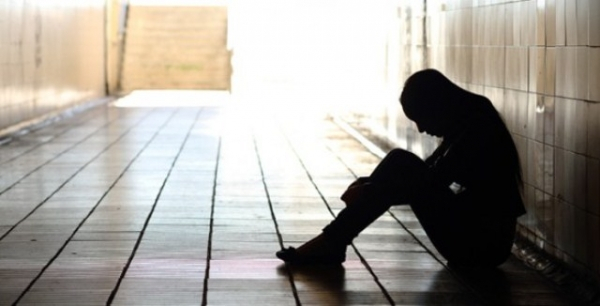
Likewise, our actual experience of aloneness can be particularly agonizing, whether that separation is physical, such as during the endless nights we may spend isolated in a hospital room, or emotional, as when ones we love distance themselves from us out of fear. With each of my death journeys, this feeling of being ostracized, of being marked an outsider, is often more painful than are my physical symptoms.
During my second journey with dying, I felt more isolated than I have at any other time in my life. On a communal level, part of what may have created some of the pain and anguish I experienced during this death walk was a lack of support. Treated by my hometown obstetrician and gynecologist, I found myself repeatedly trying to explain my medical condition to them. With no local specialized cardiologist in the field of adult congenital heart disease, I had no professionals in my life who understood the complexity of my experience. So I often felt unheard, even by those responsible for my care. In addition, I did not seek support from anyone in my personal life either. Not wanting to burden them during this time when we were all celebrating the birth of my daughter, I hid from them the severity of my condition, which led to further feelings of isolation. I feel quite certain that this period of self-induced seclusion significantly affected my experience during this dying process.
This sense of separation is actually vital to the process of dying consciously. Awareness and comprehension of all the levels of separation involved in surrender are fundamental to the route of surrender. When we begin each lifetime, there is a way that we are part of a system even before our birth. We are born into community; indeed, community is something that most of us have before we have any sense of it. It therefore becomes a significant background to who we are. In order to release everything in this lifetime consciously, there must be some separation.
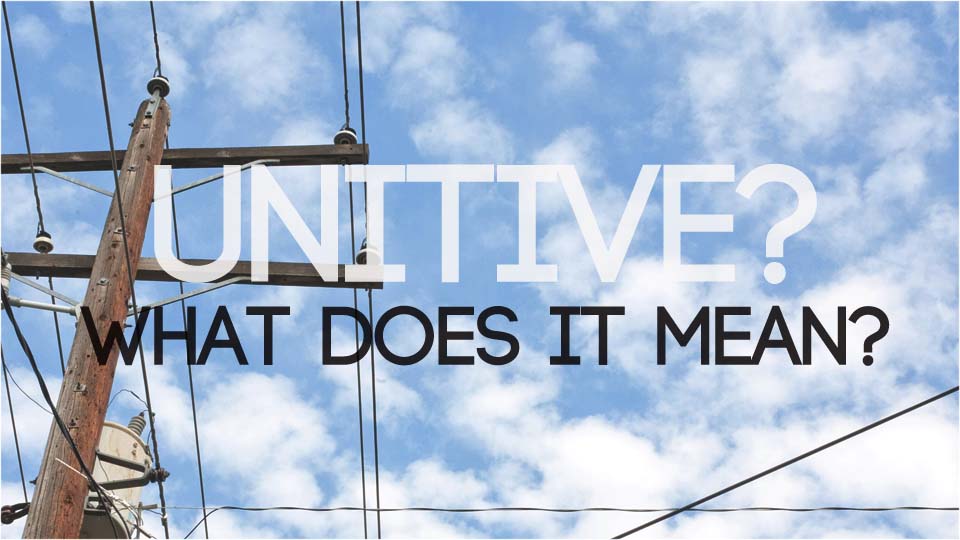
The distinctions created by physical form are real and significant. And they are not the entire truth. The bigger truth is that all life is connected in some beautiful, elemental way. The extinction of one tiny form of insect can affect harvests throughout the world. Thich Nhat Hanh teaches us that in a single piece of paper exists not only the tree from which is was made but the cloud that produced the rain and the sun that joined with that rain to help the tree to grow. On a intimate, personal level, the air I breathe as I lie in my hospital bed flows into my doctor’s lungs and becomes part of her body.
For many of us who are dying, encounters of union become more frequent, strong, and poignant. . . at the same time as experiences of separation are acutely known and felt.
We can feel when those around us are open to us in ways that inspire union; and we become intensely aware that someone is keeping himself/herself closed from experiencing union with us. There is a big difference between someone who is truly there with us and those who distance themselves from us by maintaining lines of division.
And we can feel the separation. When those taking care of us have opened to union – either through spiritual practice or just through the act of being a human and occasionally welcoming the unitive possibilities around them, it feels different to us.
All wisdom traditions talk about union, but how can we actually experience it?
This is not about establishing a connection through stories and information – through words at all. Rather this union is something we experience when we open to the world around us. We are walking at sunset, and suddenly that gaze into the horizon is a portal through which the horizon, the sunset, and our body all seem to disappear into a cohesive oneness. We look into a baby’s eyes or those of our beloved, and the lines between “us” and “them” are erased. The more we allow ourselves to be vulnerable to experiencing the union that is already here, the more accessible these experiences may become.

In order to be open to experiencing union with people who are dying, it is helpful to have done our own Illuminative and Purgative work (and to continue to do this work throughout our lifetimes). Just as with Illuminative and Purgative work, Unitive practices do not make anything happen. I can decide to experience oneness with the flower in my garden, sit in front of it for hours, and not encounter any sense of union at all. With these practices, what we are doing, rather, is positioning ourselves so that we may be ready to receive the grace of union.
Perhaps what I was seeking from my young doctor so many years ago was not more information. What if, rather than discussing my situation with words, we had paused and just felt the truth of the interconnectedness between everything, the union that existed throughout and all around him with his stethoscope and me with the frightening-sounding heartbeat? Maybe what I needed was to not feel alone.
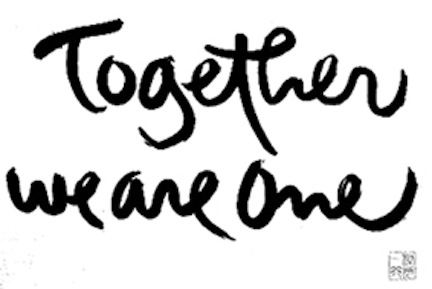
Some Helpful Resources
Byock, I. (2004). The four things that matter most: A book about living. New York, NY: Free Press.
Childre, D. (2000). The HeartMath Solution: The Institute of HeartMath’s revolutionary program for engaging the power of the heart’s intelligence. New York, NY: HarperOne.
Halifax, J. (2008). Being with dying: Cultivating compassion and fearlessness in the presence of death. Boulder, CO: Shambhala.
Halifax, J. & Simon, T. (2011, May 3). Being with Dying. Insights at the edge podcast.
Levine, S. (1984). Meetings at the edge: Dialogues with the grieving and the dying, the healing and the healed. New York, NY: Anchor Books/Doubleday.
Nouwen, H. (1994). Our greatest gift: A meditation on dying and caring. San Francisco, CA: Harper San Francisco.
Ostaseski, F. (2017). The five invitations: Discovering what death can teach us about living fully. New York, NY: Flatiron Books.
Some Unitive Practices
Tonglen
“One”ing
Metta
Connecting from Belly and Heart
. . . keep coming back. . . we will add descriptions of these and other Unitive Practices soon. . .